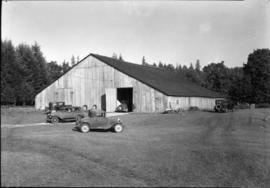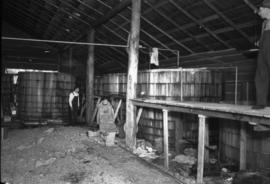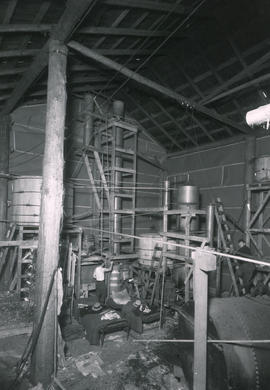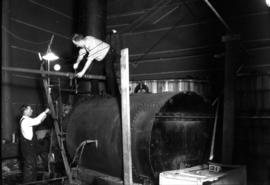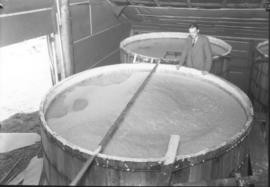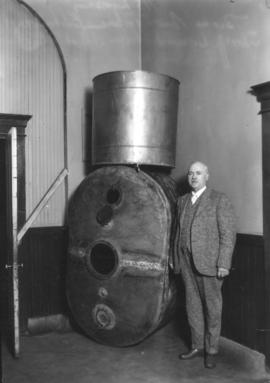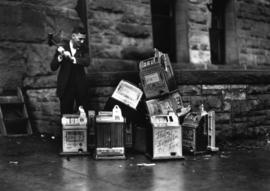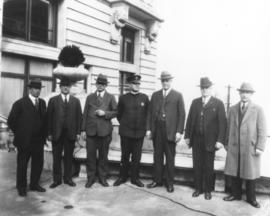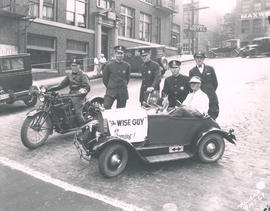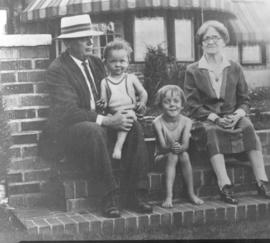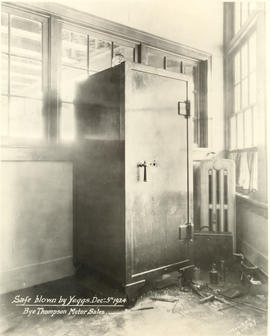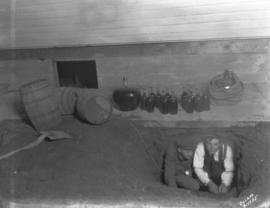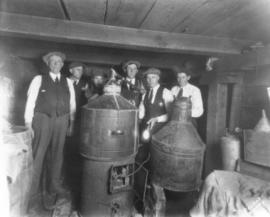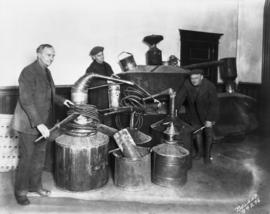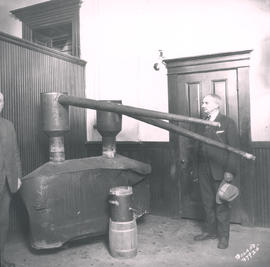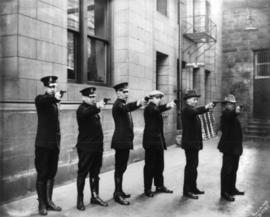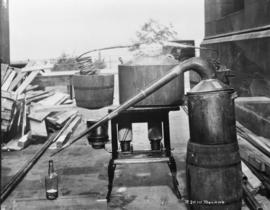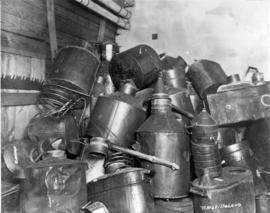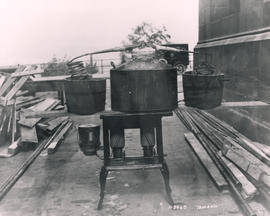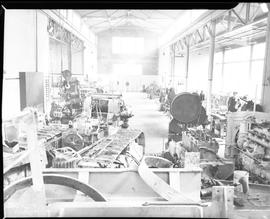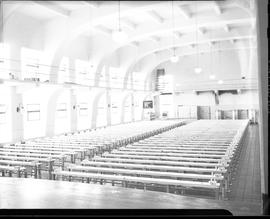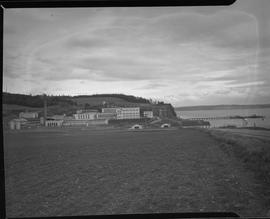- Item
- 1931-07-17
Part of General Photograph Collection
Large barn on J. Thomas Benston's Farm in Graham that held a bootlegging operation that operated for 6 months undisturbed before it was raided by federal agents in July of 1931. The barn was in clear view of the highway and received frequent shipments of fuel oil, sugar and supplies. It is estimated that it took 25 tons of sugar to produce 1 filling of mash for 1 of its 8 redwood vats. The highway also carried frequent shipments from the farm, trucks loaded with cans and kegs of alcohol. Little trouble was taken to disguise the enterprise and its operation was common knowledge in the neighborhood. The still operated for 6 months and produced over a half million dollars worth of alcohol before it was raided by federal agents. (TNT 7-17-1931. pg 1)
Benston, J. Thomas--Homes & haunts; Barns--Graham; Prohibition--Graham; Stills (Distilleries); Police raids--Graham;
